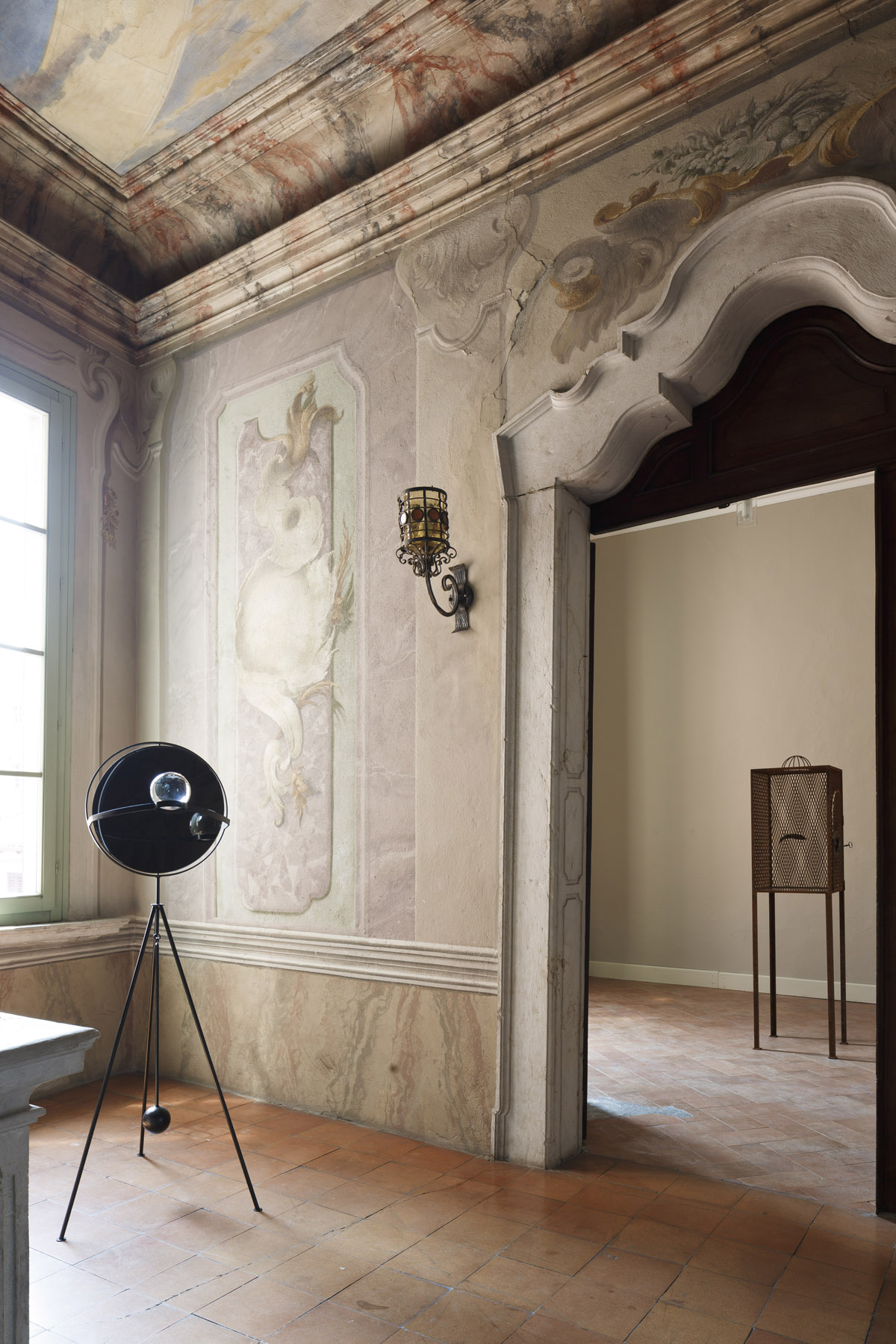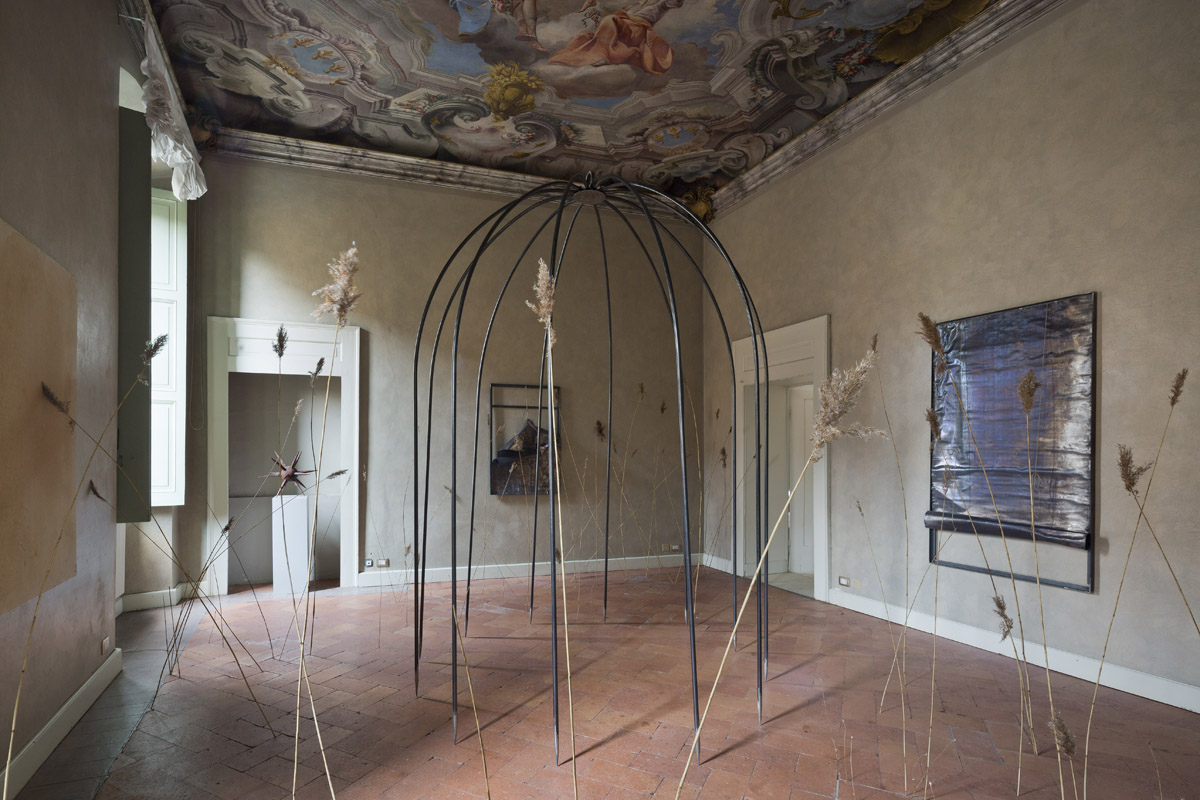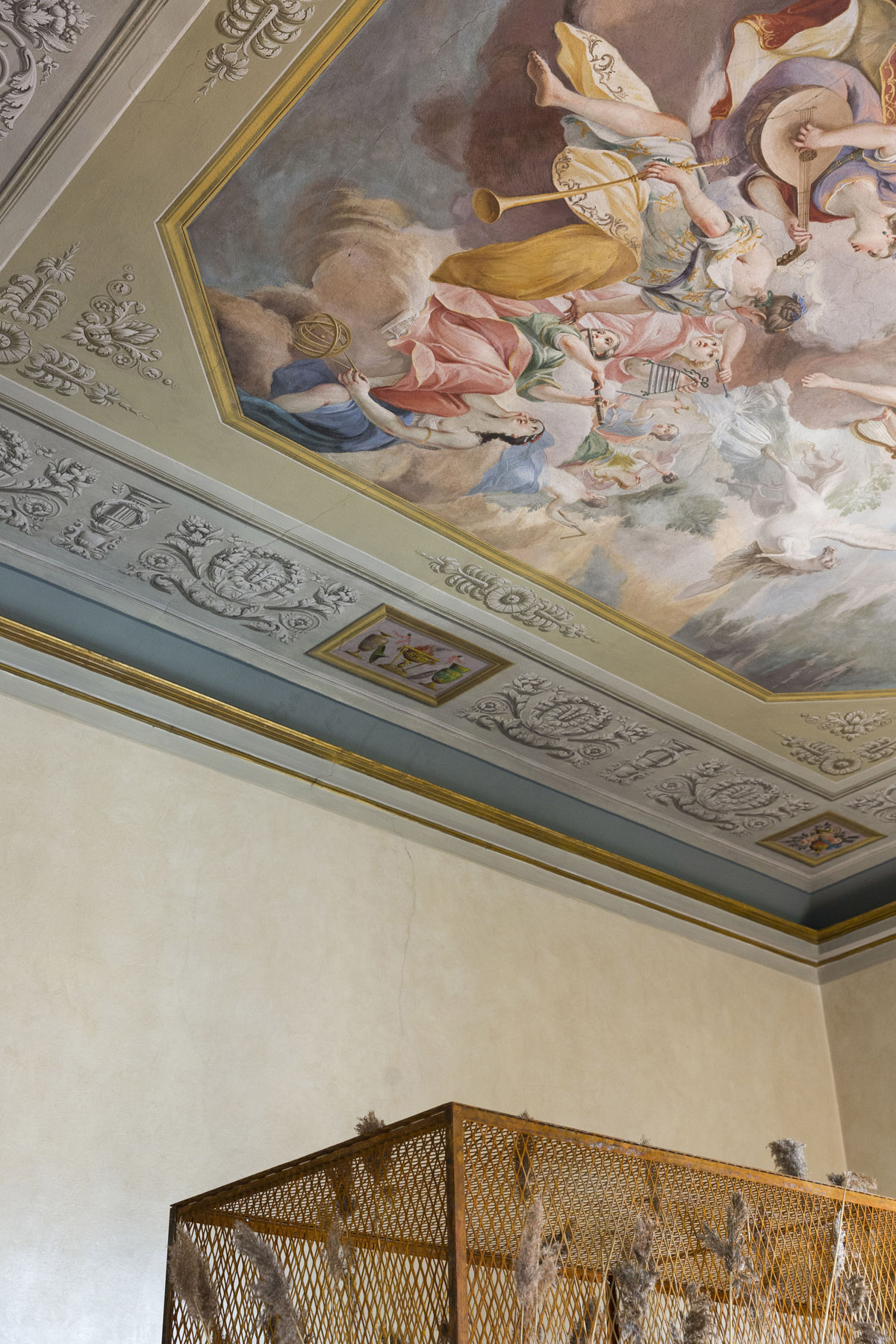We are excited to announce our new editorial series “Private Museum Insights.” In the monthly portraits, we will introduce established as well as newly set-up private museums or spaces around the globe. A number of these featured museums are also partners of our recently launched, 2019 edition of THE PRIVATE ART PASS.
With this new series, LARRY’S LIST wants to further highlight and honour the significant role which private collectors and private museums play in today’s artscape.
This new editorial series is born in collaboration with Phillips, a partner of THE PRIVATE ART PASS. Jonathan Crockett, Deputy Chairman and Head of 20th Century & Contemporary Art, Phillips Asia: “We are pleased to work with Larry’s List to introduce a series of private museums to our key clients in complement to our traditional auction activities. Through this partnership, we look forward to engaging in a unique discourse of art appreciation with our global community of collector friends.”
In this first feature of the series, Larry’s List talked to the collector behind Palazzo Monti – Edoardo Monti, who hopes to ‘inspire others to get on the contemporary art boat’ through sharing his own stories and experiences. How does Palazzo Monti achieve its missions? What are the difference between Edoardo’s own collection and the Palazzo Monti collection? What are the special upcoming programmes in 2019? What is Edoardo Monti’s advice to other collectors who wish set up his/her own museum? All these are just some of the highlights from the insights of the owner of a palace dating back to 1200.

Background
What is your motivation behind opening a museum?
Back in 2016, I was living in NYC (lived there from 2013-2018) and I had the opportunity to think of a project to activate a family Palazzo that we had not lived in since the 1980s, in Brescia. We decided not to sell the property and instead think of a cultural activity, to be hosted within the 3 storeys of the Palazzo dating back to 1200, with frescoes from the 1750s. During 2016, I worked on creating the structure for the Residency Program, which was launched in March 2017 and welcomed the first artist in May 2017. Since then, we welcomed over 100 artists from 45 countries. I collaborated with PAF (Public Art Fund) and Performa in NYC, and wanted to create my own “public art” programming. I call it public, because while the Palazzo is a space where artists live, create and work, it is also always accessible to the public, for free.
Why is it important for you to share your collection with a wider public?
In my opinion, there are three kinds of collectors. Those who collect purely for a speculative/economic investment; those who buy works to simply fill up their walls; and others who take pride and honor in collecting young and emerging artists, no matter what their career is going and where it will bring them. These last ones, whom I belong to, have an addiction to collect works of any media that stir emotions inside them, and there is no better way to share this enthusiasm for art than sharing their collections with friends and visitors alike. It’s an opportunity to engage in topics that we could rarely discuss otherwise, to challenge visitors that may not yet appreciate contemporary art, and at the same time share private stories and experiences that may inspire others to get on the contemporary art boat. I think it’s also a duty, not only a personal desire, to show your own collections. After all, most of the best museums in the world were kicked-off or implemented by private donations, and collectors all over the planet should consider ways to share their collections with the public. There is nothing worst than knowing some incredible pieces being locked up in storage or in someone’s bedroom, and cannot be enjoyed by the public.

Why did you choose Brescia for opening the museum there?
My mother is from Brescia, and her father acquired the Palazzo in the XX century. We launched Palazzo Monti in Brescia simply because we had a location ready to start with. I thought that we couldn’t have been luckier. Brescia is easily accessible from all over Italy (it’s on the high-speed train line) and just 30 minutes form Milan. It has been historically a really wealthy city, with an incredible collector base, and with major cultural offerings for artists in residence (UNESCO sites, great museums and galleries). The advantage of not being located in a main city is that we don’t fall into a larger pool of activities and contemporary art institutions. We can create our own program without competitors.

What are the missions of the museum/foundation?
The missions are to create cultural and social synergies among artists and collectors/galleries/institutions, between artists themselves (as they all end up living under the same roof for 4-6 weeks, up to 8 at the same time), enlarging an artist’s production capacity by introducing them to incredible artisans that can produce high quality products with century-old knowledge, create a collection that has an emotional value on top of a commercial one, enlarging the contemporary art offerings of Italy while making use of an 800-year-old palace.
What are the ways to achieve these missions?
We have achieved all of the goals we set in 2017, and are now working on perfecting all aspects of the program and offering more to artists. We will soon be able to also cover part or all of the production costs, and our network of contacts that can support artists after they leave Palazzo Monti is growing. In order to achieve all of this, I decided in 2018 to leave New York and permanently move to Brescia, and live at the Palazzo. Investing more time, energy and funds into the residency has proven key to achieve results that we never even imagined we could achieve, in such a short time (I moved back in October).

The Collection
How many artworks do you own and how many of them are displayed in the Palazzo?
I own approximately 150 artworks, and they are on constant display across the many rooms of the Palazzo (approximately 30 at the same time).
What are the criteria to decide what pieces to show in the museum?
There are no particular criteria – I curate my own selection, based on my current research, mood or travel.

Does your private collection and the collection in the museum/foundation have different focuses, regarding the artists or genres of art?
I do not acquire works for the Palazzo’s collection, I only acquire works for my own collection. The Palazzo collection is fed each month by artists in residence, that donate one piece of their production (they pick which one) to the collection. What helps is a strong and honest selection, that brings the best artists we can, which will in return help get better and better artists month by month.
I welcome through Palazzo Monti artists of any kind, origin, medium, or religion. I certainty try to invest and welcome artists that I believe, with our support, can grow and achieve more than they did before, but I also have a very strong emotional reaction to artworks that I collect or artists’ applications received for Palazzo Monti. We welcome artists from every aspect of arts. In the past, we also welcomed an avant-gardener, a chef, a jeweler and a poet.
For my private collection, I do not work with advisors and trust my own research, instinct, relationships with galleries and artists to decide what artworks to purchase, and have collected both paintings and sculptures, installations and video, drawings and photography.
Are there works that you prefer keeping private? If yes, what are they?
I have no shame in showing what I collect, I try to rotate my collection so that each and every work gets the same exposure throughout the year.


The Programming
How much do you involve in the programming as well as the curating of exhibitions in the museum?
I work 24/7 for Palazzo Monti and am very involved in every aspect. The programming is decided and discussed with a Board, whose members live in NY, London, Paris and Seoul. We have a very democratic way to approve applications, as well as propose artists to invite. In terms of curation, I often work with curators that know very well the works of artists we show as I think it’s important to also nourish curators and what they do for artists. Generally, for group shows or special projects, I am also in charge of curation.
How is the relationship between you and the curators of the museum?
We do not work with curators on a fixed term, but only one-off basis. They all love what we do for artists and are always excited to come by for studio visits.

How is the programming in 2019? What are the special upcoming programs that we definitely should not miss out?
Most of our rooms are booked through January 2020, which is amazing (we receive over 1,000 requests per year). From 16 March to 30 April, we will host an installation in one of our rooms on the occasion of a wonderful contemporary art celebration in Brescia. A few days later on March 30, we will present a solo show by Sebastiano Sofia (he was on the cover of the latest issue of ArtTribune) and that same night we will present a special design project by Pablo Limon for Palazzo Monti, with a selected number of guests and an international Michelin-starred guest chef, along with a sommelier. This will be in honor of the upcoming Salone del Mobile in Milan. In April, we will present the works of Curtis Santiago, who has a major NY show in 2020. On 18 May, we will present a massive group show with over 15 artists, activated by several live performances. In June, we will show Oren Pinhassi, who was recently part of a group show at David Zwirner. In September, we will host a second, big celebration of the Palazzo through a large group show. In October, I will curate a show to celebrate my favorite contemporary Italian artists; and in December, we will host again a show in collaboration with Katy Hessel of The Great Women Artists. These are just the main events that will be organized along smaller shows, dinners, presentations and events.
Vision and Advice
What was your happiest or most memorable moment since your private museum/foundation has been set up?
The best moments are when we receive applications from artists who know the artists who have come to our residency already. It means we are doing a good job – when word of mouth spreads, it’s the best and most honest PR someone can get. At the same time, it’s nice to receive so much interest from other young collectors that want to be involved in the program.

What do you think are the key elements that determine the success of a private museum?
A solid collection, complete dedication to the project, funds that can guarantee the existence for at least 5 years before it can get public or private funds to stay afloat.
What are your visions for the museum in the next five and ten years respectively?
It’s hard to tell, as we are growing so much in what we can offer and what we are doing that it’s impossible to know where we will be even 12 months from now. My dream is to be able to attract enough supporters to have the financial ability to sponsor travel and/or production for all artists in residence.
What is your advice to other collectors who may be thinking about building a private museum?
The most important thing is where you will set this up. A private space needs to be easily accessible, yet ideally not in a big city, where you’d risk to be the small fish in the big pond. Surround yourself with people you trust and those who can help you, as you can’t do everything alone. Work with a good lawyer to create a stable and flexible structure and just launch whatever you have in mind. There will never be the perfect time or the right way to do it – you will learn from successes and mistakes alike, and it will be an amazing experience.

Related: Palazzo Monti





